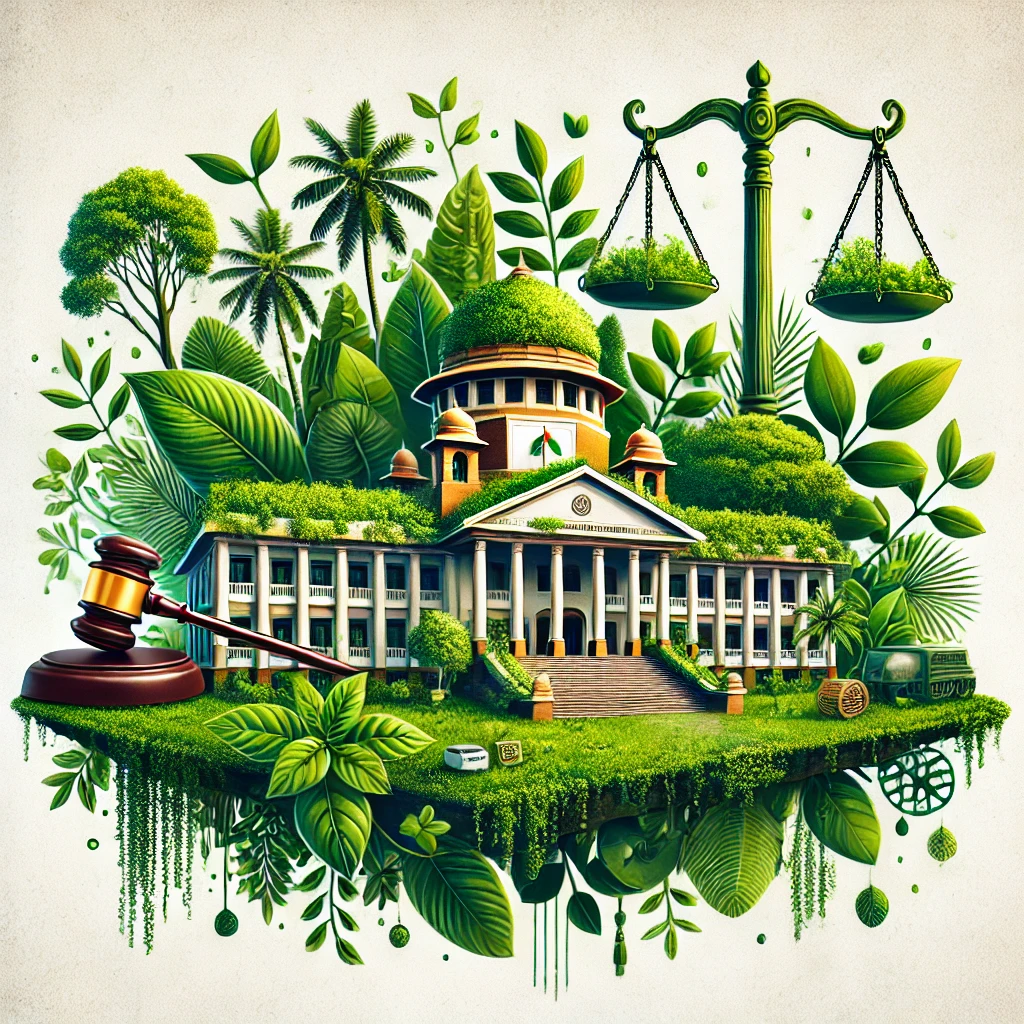Environmental laws at Pitcairn Islands (BOT)
The Pitcairn Islands, a British Overseas Territory (BOT) in the South Pacific, is an archipelago consisting of four islands: Pitcairn, Henderson, Ducie, and Oeno. These islands are notable for their unique biodiversity and remote location, with a small population living primarily on Pitcairn Island. Due to their isolated nature and significant ecological value, the environmental laws in the Pitcairn Islands are focused on the preservation of their natural heritage and the protection of their ecosystems.
Here is an overview of the environmental laws and regulations in place for the Pitcairn Islands:
1. Environmental Protection and Conservation
The Pitcairn Islands are home to numerous unique species and ecosystems, including the Henderson Island, which is a UNESCO World Heritage Site. Henderson Island is particularly significant due to its biodiversity, including endemic species like the Henderson Island Giant Tortoise.
Environmental Protection in the Pitcairn Islands is largely governed by laws aimed at preserving their biodiversity and maintaining the pristine condition of their ecosystems. While there is no formal, separate environmental code for the Pitcairn Islands, environmental protection is embedded in various local and international frameworks.
2. The Pitcairn Islands Marine Protected Area (MPA)
In 2016, the British government designated the Pitcairn Islands Marine Protected Area (MPA), one of the largest fully protected marine areas in the world. The MPA covers 840,000 square kilometers of ocean surrounding the islands, ensuring that the marine environment and its ecosystems, including coral reefs, marine life, and fish populations, are protected from overfishing and industrial exploitation.
The MPA is a critical measure to protect the biodiversity of the islands’ surrounding waters and to maintain their status as one of the last remaining pristine marine environments in the world.
3. Henderson Island: UNESCO World Heritage Site
Henderson Island is a key environmental feature of the Pitcairn Islands, recognized for its rare and endangered species and its intact ecosystems. It is a UNESCO World Heritage Site, designated for its exceptional natural value.
As a World Heritage Site, Henderson Island is protected under the World Heritage Convention, and the UK government has committed to ensuring its conservation. This includes regulations around research, tourism, and development activities on the island to minimize human impact.
4. Wildlife and Habitat Protection
The Pitcairn Islands are home to a variety of endemic species, especially on Henderson Island, which is known for its birdlife and unique fauna. The government of the Pitcairn Islands has implemented measures to protect these species through habitat preservation and regulation of human activities.
Biosecurity measures are in place to prevent the introduction of invasive species that could threaten the fragile ecosystems. These measures include regulations on what can be imported to the islands, particularly in terms of plant and animal species.
5. The Pitcairn Islands Government and Conservation Efforts
The Pitcairn Islands Government, with support from the UK government and international organizations, takes the lead in managing and enforcing environmental regulations on the islands.
The local government works with various international bodies, including the Royal Society for the Protection of Birds (RSPB) and Zoological Society of London (ZSL), to promote conservation efforts and ensure that the environmental laws are adhered to.
6. Sustainable Development and Tourism
Tourism in the Pitcairn Islands is tightly regulated to ensure that it does not negatively affect the environment. Only a small number of visitors are allowed each year, and they are subject to strict guidelines that prioritize environmental sustainability and minimize human impact on the islands’ ecosystems.
The islands have very limited infrastructure, and any development must adhere to strict environmental protection standards to preserve their natural resources.
7. Fishing Regulations
As part of the Pitcairn Islands Marine Protected Area, fishing is strictly controlled, with regulations that limit commercial fishing and prevent overfishing in the surrounding waters.
Local fishing is generally permitted under strict controls, but the main focus is on sustainability and protecting marine biodiversity.
8. Pollution Control
While the Pitcairn Islands do not have a detailed set of pollution control laws, pollution management is handled through general governance measures and environmental principles. This includes controlling waste disposal, especially plastic waste, and ensuring that pollution does not affect the marine and terrestrial ecosystems.
9. International Agreements and Frameworks
The Pitcairn Islands, as a British Overseas Territory, is subject to international environmental agreements to which the United Kingdom is a signatory. This includes agreements related to biodiversity conservation, climate change, and the protection of marine environments.
As a member of the UK Overseas Territories, the Pitcairn Islands participates in broader environmental initiatives under the UK's obligations to international environmental agreements, such as the Convention on Biological Diversity (CBD) and the UN Framework Convention on Climate Change (UNFCCC).
Challenges and Considerations:
Limited Resources and Enforcement: The remote and small population of the Pitcairn Islands presents challenges in terms of law enforcement, monitoring, and compliance with environmental regulations. Due to the lack of infrastructure and limited human resources, ensuring the protection of biodiversity and ecosystems can be difficult.
Climate Change: The Pitcairn Islands, like many other small island nations, are vulnerable to the impacts of climate change, particularly sea-level rise and extreme weather events. These environmental threats put additional pressure on conservation efforts and the long-term viability of ecosystems, especially marine and coastal habitats.
Human Impact: Despite efforts to regulate tourism and human activities, the presence of people on the islands has the potential to affect the environment, particularly in terms of waste generation and the introduction of invasive species.
Conclusion:
The Pitcairn Islands have a robust environmental framework focused on the conservation of their unique ecosystems, particularly marine areas and the biodiversity of Henderson Island. The establishment of the Marine Protected Area and the protection of Henderson Island as a UNESCO World Heritage Site are significant achievements. However, challenges such as limited resources, climate change, and human impact remain, requiring continued international cooperation and effective governance to ensure the long-term protection of the Pitcairn Islands' environment.




























0 comments